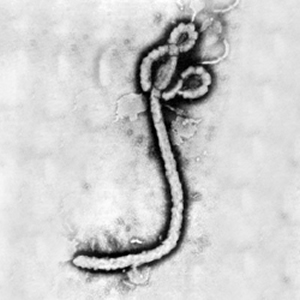User talk:Eric benjamins16
The RNA World Hypothesis is one of the widely accepted theories about the origin of life on earth. The complexity of modern life is one of the most astonishing aspects of our world. The way in which DNA, RNA, and proteins work together to create this complexity is still far from our understanding. One of most perplexing aspects of modern life revolves around the question: “How did it originate?” The RNA World Hypothesis proposes that RNA’s intrinsic properties allowed it generate life on its own. Since the formulation of the RNA World Hypothesis, research and experiments have been conducted in an attempt to support it. However, there are many seemingly paradoxical and highly improbable circumstances that would need to have occurred for the hypothesis to be valid.
Why RNA?
RNA is able to both store genetic information and perform enzymatic functions. This combination of functions allows RNA to potentially act as a template as well as a catalyst for its own replication, and is one of the primary reasons that RNA is thought to be the original polymer of life. It is hypothesized that RNA used these functions to generate a simple life cycle that then increased in complexity due variation and subsequent natural selection. Eventually, evolution could produce modern life. RNA is expected to have preceded DNA as the original information carrier because it requires less energy to form, and thymine (one of DNA’s possible bases) is formed from a chemical process that utilizes uracil (one of RNA’s possible bases.) DNA cannot catalyze reactions, so it could not have originated and replicated on its own before RNA. Ribonucleotides (not deoxyribonucleotides) are also utilized in the “most universal system of catabolism and energy supply of extant organisms.” (1) RNA is expected to have preceded proteins because X-ray calligraphy has shown (6) that RNA catalyzes the synthesis of proteins across all life forms within the ribosome. The proteins of the ribosome appear to function as structural support (Figure 1). DNA and proteins are hypothesized to have been additions to the RNA life system in accordance with reductive evolution of the RNA itself.
At right is a sample image insertion. It works for any image uploaded anywhere to MicrobeWiki. The insertion code consists of:
Double brackets: [[
Filename: Ebola virus 1.jpeg
Thumbnail status: |thumb|
Pixel size: |300px|
Placement on page: |right|
Legend/credit: Electron micrograph of the Ebola Zaire virus. This was the first photo ever taken of the virus, on 10/13/1976. By Dr. F.A. Murphy, now at U.C. Davis, then at the CDC.
Closed double brackets: ]]
Other examples:
Bold
Italic
Subscript: H2O
Superscript: Fe3+

